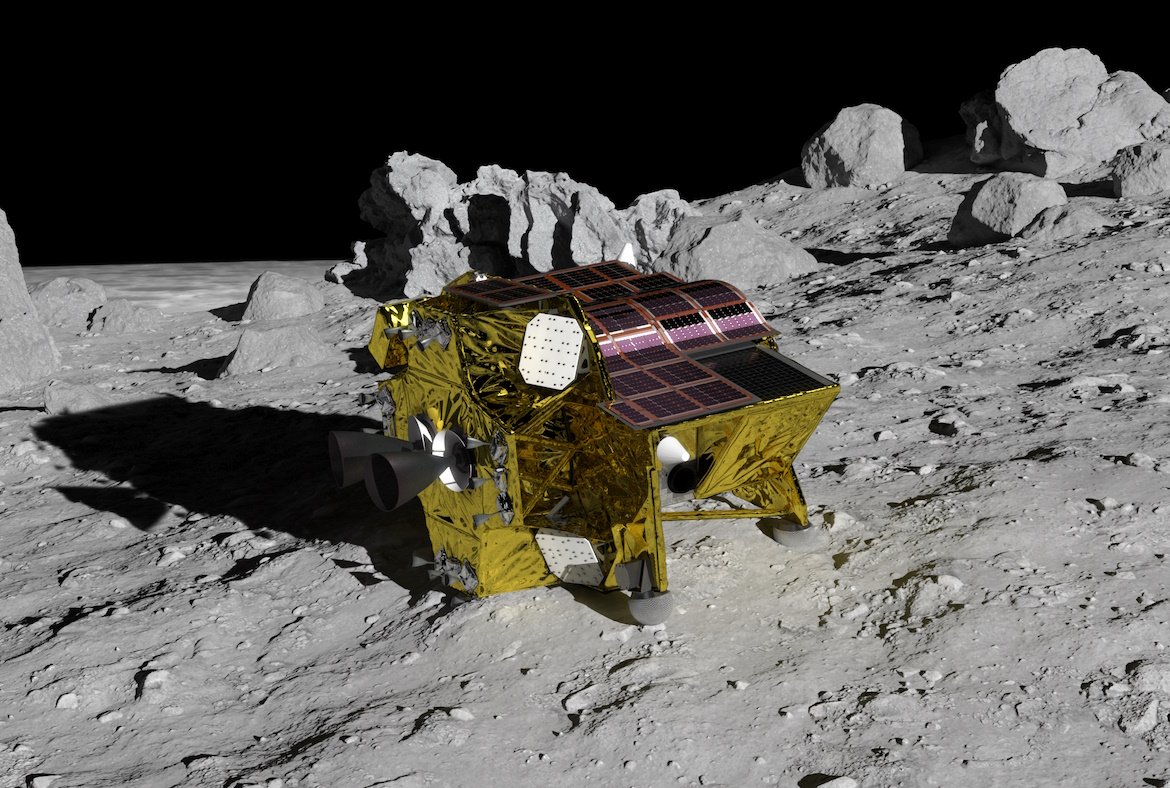Japan’s first lunar lander, known as the Smart Lander for Investigating Moon (SLIM), experienced a setback as its solar cells were unable to generate electricity on the moon’s surface. However, the Japan Aerospace Exploration Agency (JAXA) remains optimistic about the mission’s potential for success.
Last week, SLIM made history with its successful landing on the moon. Despite achieving a minimal success with the soft landing, mission leaders soon realized that the spacecraft’s solar cells were not functioning as expected.
An update from JAXA, posted yesterday on X, suggests that the issue may be related to the spacecraft’s positioning, rather than a mechanical or electrical malfunction with the solar cells themselves.
“According to the telemetry data, SLIM’s solar cells are facing west,” JAXA stated. “If sunlight begins to shine on the lunar surface from the west, there is a possibility of generating power, and we are preparing for recovery. SLIM relies solely on power from its solar cells.”
As a precautionary measure, the battery was disconnected at a 12% power level, as planned, to avoid over-discharge.
Although the solar cells may never reach a sufficient charge for a recovery operation, JAXA can still take pride in several victories during the mission. Officials reported that they were able to collect a substantial amount of data during the landing and on the surface of the moon. Additionally, the two rovers aboard the lander were successfully deployed.
The agency has yet to determine the cause of the spacecraft’s misalignment, but an update on its status is expected at the end of the week.
“While the attitude after landing did not go as planned, we are grateful for the progress we have made and are pleased with the successful landing,” JAXA expressed. “We are eagerly anticipating further analysis of the data.”








